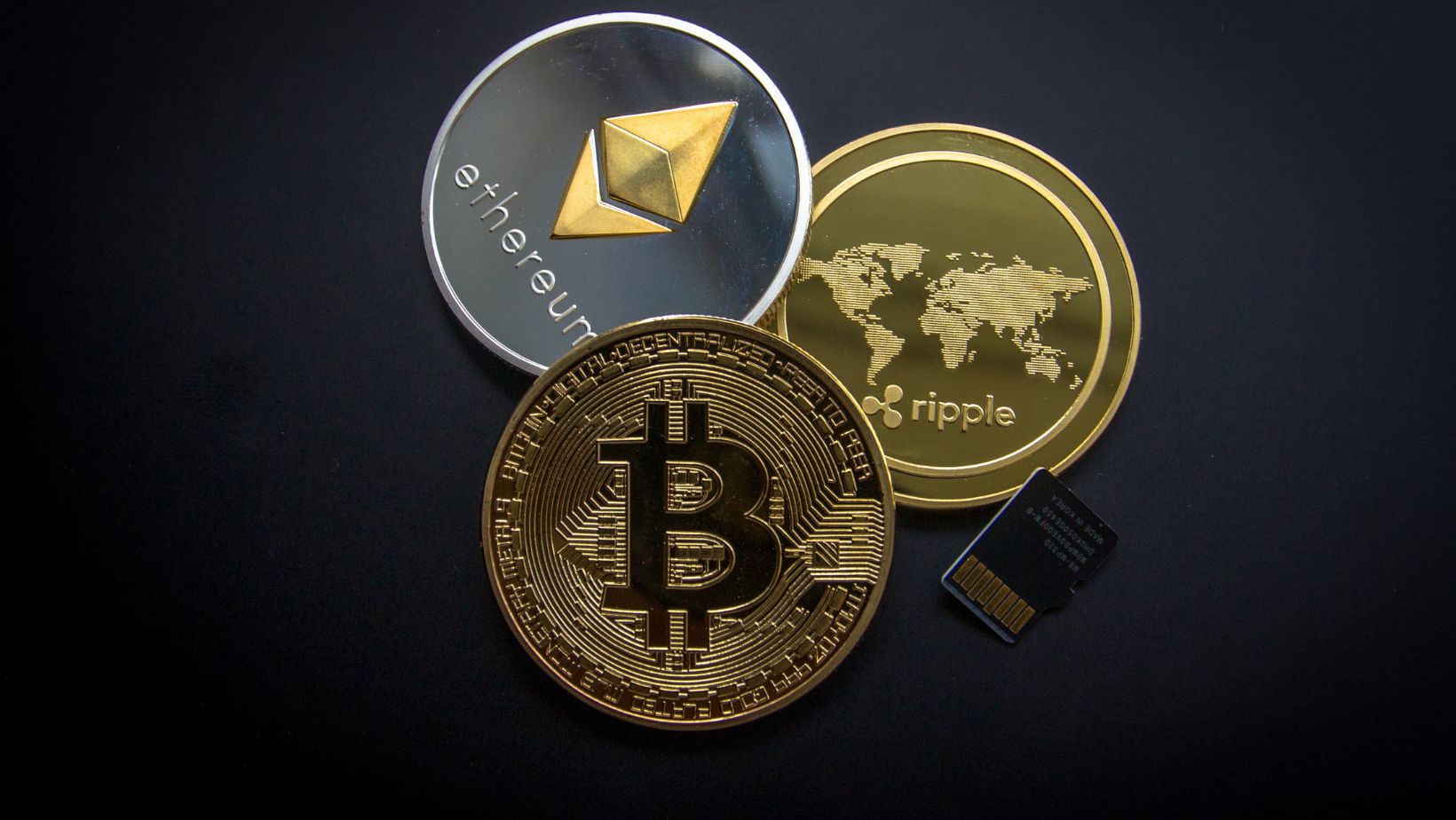
The e-commerce world has changed a lot over the last decade. We’ve seen everything from flash sales to AR try-ons, but there’s something in the air that’s bigger than any of that. It’s the idea of crypto transforming the way we pay for online purchases, and while it might sound like a futuristic dream, it’s already happening in small corners of the web. So, what’s the deal with crypto payments, and why should you care? Here’s the lowdown.
The Rise of Digital Currency: What’s All the Hype?
Remember the first time you heard about Bitcoin? It probably sounded like something only tech nerds and billionaires were into—something that was way over your head. But as the digital currency landscape expands, you’ve probably noticed more mainstream retailers talking about accepting crypto. And no, it’s not just for the guys in hoodies on the dark web anymore. Crypto has evolved into something that could redefine how we think about money, especially when it comes to online shopping.
What’s behind this surge? It’s the idea of decentralization. With digital currencies, there’s no middleman like a bank or credit card company making decisions about your transaction. It’s just you, the buyer, and the seller. And for a lot of people, that’s an attractive concept—especially when you think about how much control big banks and payment systems have over our wallets.
Breaking Down the Barriers: Is Crypto More Secure Than Credit Cards?
So, how safe is it to use crypto for online shopping? After all, we’re all used to having a little piece of plastic (or our phones) between us and the money we spend. But with crypto, things get a little more… private.
Crypto transactions are secure by nature, thanks to blockchain technology. Here’s where it gets interesting. In a traditional transaction, you’re handing over sensitive info like your credit card number, expiration date, and CVV code. If that info gets hacked, it’s game over. But crypto? The transaction is encrypted, meaning that even if someone wanted to intercept it, they’d have a hard time reading it.
This brings us to something deeper—an idea that’s shaking up the whole tech world: tokenization. In simple terms, tokenization refers to the process of turning sensitive data, like your credit card number, into a randomly generated code or token. With crypto, tokenization happens naturally in the blockchain, where each transaction is given a unique token to verify it, but without exposing your private details to the world.
This means crypto transactions are inherently safer from hacks and fraud. No one can access your bank account or credit card details, because those details are never part of the transaction. In a world where identity theft is one of the fastest-growing crimes, this is a game-changer.
But here’s the thing: With more and more businesses jumping on the crypto bandwagon, it’s only a matter of time before a larger shift happens. All e-commerce sites should take crypto payments, not just as a trend, but as a move to future-proof their business. And not just for tech-savvy customers, either. The digital payments ecosystem is evolving, and those who ignore it may soon find themselves outpaced by their competitors.
Crypto for the Masses: Why We Need to Stop Fearing the Unknown
You’ve probably heard a lot about crypto’s volatility, and yeah, it’s true—Bitcoin, Ethereum, and others can fluctuate like crazy. But here’s the thing: the more people get comfortable with it, the less of an issue this becomes. It’s the same as stock markets—there’s risk involved, but that’s nothing new.

The real key to making crypto payments a regular part of the e-commerce experience is the fact that it can be integrated with traditional currencies. A lot of platforms are already offering the option to convert crypto into standard money when a transaction is made. So if you want to buy a $50 hoodie using Bitcoin, you can do that, and the store will just convert it into cash in real time. It’s not the wild-west financial experiment it was once perceived to be.
And it’s more than just about securing payments—crypto can create opportunities for cross-border commerce that traditional currencies can’t touch. The ease of making international payments without worrying about exchange rates or hefty fees could unlock a whole new realm of e-commerce. Imagine buying a product from a small indie store in Japan or South America with no hurdles, no conversions, and no international charges. That’s the power of crypto.
Does Crypto Shopping Mean No More Credit Card Fees?
Anyone who’s ever shopped online knows the feeling of entering your credit card info at checkout only to be hit with an extra processing fee. It’s almost as annoying as shipping costs. But the thing about crypto payments? They eliminate a lot of those fees. With traditional payment processors, businesses pay a percentage of each sale for things like processing and security. These costs get passed on to us, the customers.
Crypto doesn’t need a third party to handle transactions, which means there’s less of a fee involved. For the consumer, this could mean a cheaper shopping experience, and for businesses, it could translate into better margins. This is why you’re starting to see more brands looking into offering crypto payments. The reality is, it’s cheaper and faster in many cases, and as more companies hop on board, it’ll only get easier to shop with your digital currency of choice.
But it’s not just about saving a few bucks. If crypto payments became mainstream, this could completely change the way online businesses approach pricing. Think about it: if businesses can eliminate fees, they could pass those savings on to you. Lower prices, faster transactions, and increased customer satisfaction? Sounds like a win-win.
So, What’s the Hold-Up? Why Aren’t More Sites Accepting Crypto Payments Yet?
We’ve covered the benefits—so why aren’t all e-commerce sites accepting crypto payments yet? It’s a valid question. The thing is, crypto still has a bit of a reputation problem. For all the advantages it offers, people still associate it with things like volatility, fraud, and even illegal activity.
For a lot of businesses, it’s about risk management. They’re hesitant to implement a new payment system until it becomes more mainstream and stable. Plus, there’s the whole regulatory environment. Governments around the world are still figuring out how to classify and tax crypto, and until that’s clear, some companies are hesitant to dive in.
But here’s the kicker: crypto’s not going anywhere. The blockchain technology behind it is being adapted for everything from secure voting systems to supply chain tracking. Once businesses start seeing how much easier and cheaper it is to accept crypto payments, the shift will happen. It’s just a matter of time.
Crypto’s Ready for Your Cart
So, what’s the takeaway here? Crypto is evolving from a niche, tech-driven trend into a legitimate payment method that could reshape the way we shop online. While there are still some growing pains, the future is looking bright.

The more consumers and businesses get comfortable with it, the more widespread it will become. Whether it’s the ease of cross-border transactions, the elimination of pesky fees, or the security that blockchain offers, there’s a good chance crypto will play a major role in the way you check out online in the near future.
Is it going to replace credit cards and digital wallets entirely? Probably not. But it’s definitely got a place at the table, and the sooner we start embracing it, the better.















